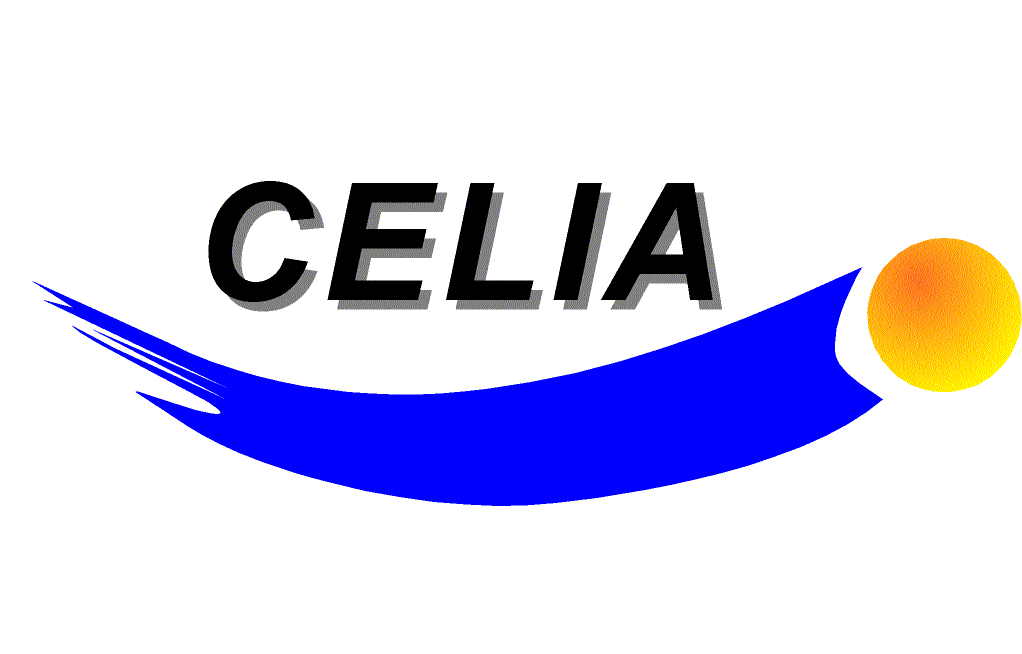Workshop of the Labex CPU
Kinetic equations and applications
Bordeaux, 1st october 2013
Centre d'excellence: http://cpu.labex-univ-bordeaux.fr/en/
 | ||
 | ||
 |
||
|
|
|||||
Organizing comiteeStéphane Brull Stephane.Brull@math.u-bordeaux.fr |
| 9h00-9h45 | Roberto Monaco |
| 9h45-10h15 | Coffee Break |
| 10h15-11h00 | Florian Bernard |
| 11h15-12h00 | Axel Klar |
| 14h00-14h45 | Louis Forestier-Coste |
| 15h00-15h45 | Fiammetta Conforto |
| Brull Stéphane | Axel Klar | Fiametta Conforto |
| Jérôme Breil | Luc Mieussens | Pierre Charrier |
| Louis Forestier-Coste | Thana Nguyen Bui | Florian Bernard |
| Bruno Dubroca | Sébastien Guisset | Céline Barranger |
| Antoine Bourgeade | Julien Mathiaud | Nicolas Herouard |